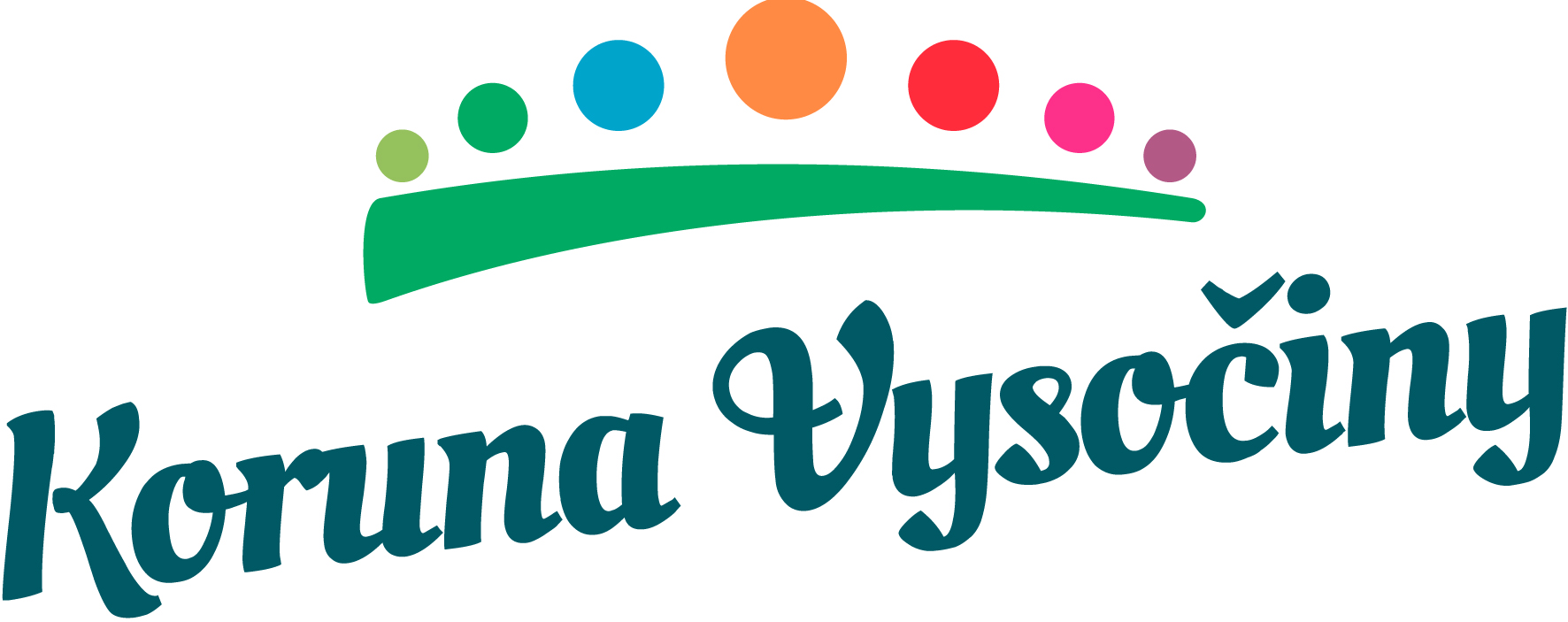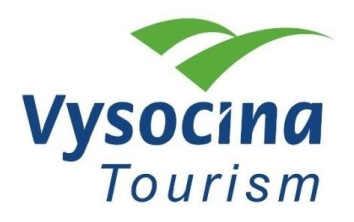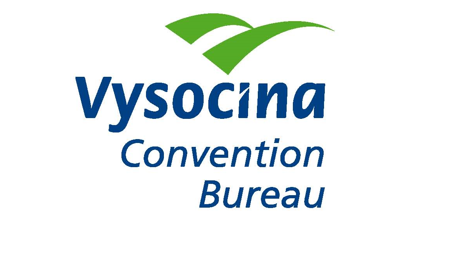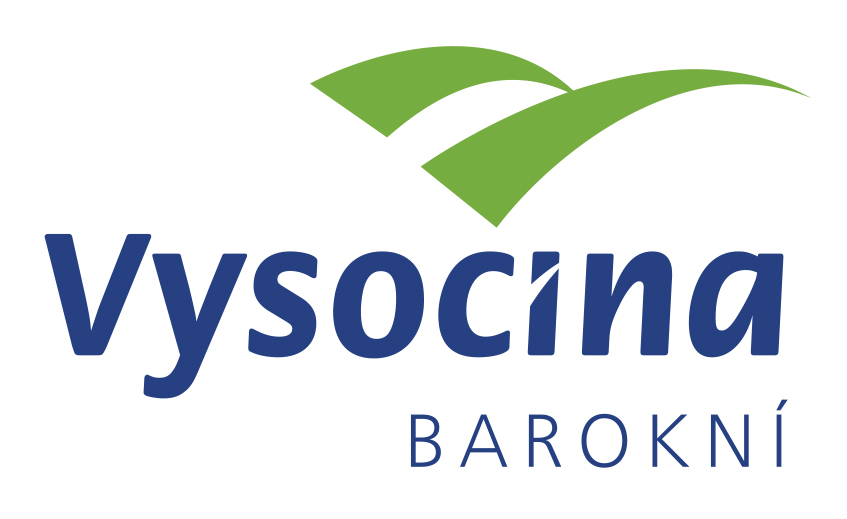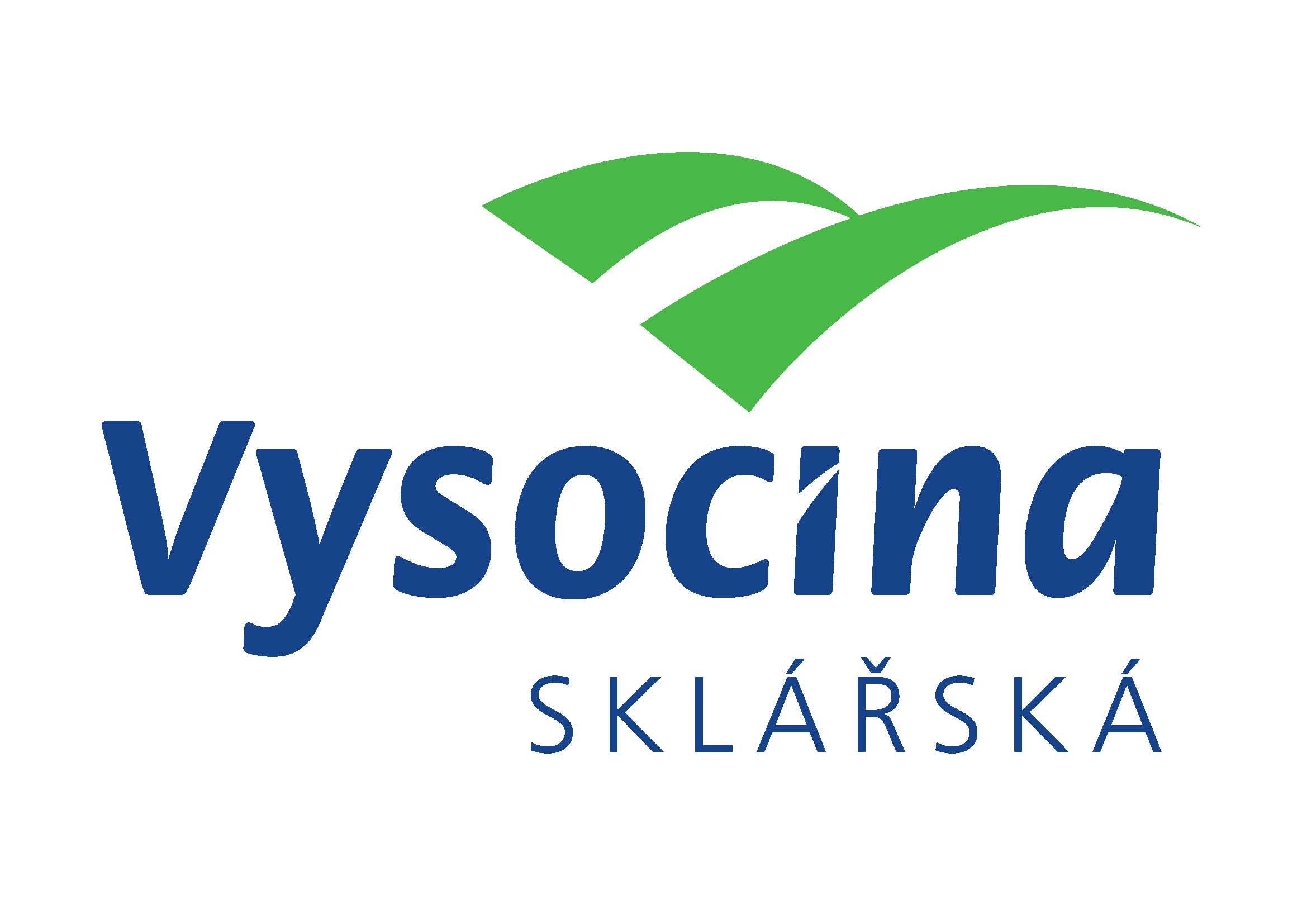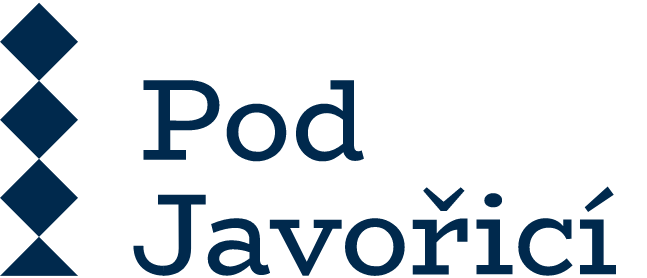Glassworks in Vysočina (UNESCO)
The history of glass production in the Vysočina region goes back at least 400 years.
Contact
| Period: | summer, winter |
The densely wooded area of the Bohemian-Moravian Highlands provided excellent conditions for this industry. In particular, he production of glass requires a large amount of wood, which is used not only to melt the glass batch at temperatures reaching 1200 °C, but also as a source of ash to obtain potash. As a flux, potash is an essential component for the glass batch formed by crushed quartz. Sources of pure quartz are also part of the local geology and so the region provided the glass industry with all the necessary resources. Given the occurrence of village names such as "Sklené” (glass), it is possible that the first primitive glassworks already existed here in the High Middle Ages, but that is yet to be confirmed by specific discoveries.
The first documented glassmakers in the Vysočina region settled in the Žďár area in the settlements of Vříšt' and Fryšava in the first half of the 16th century. In the following century, glassworks were in operation in Křižánky, Jimramov and on the monastic estates in Cikháj. Even before the Thirty Years' War, attempts at glass production were made in the Telč region on the Černovice estate. At the end of the 17th century, glassmaking also began to develop rapidly in the west of the region in Pacov and around the Sázava river.
The great development of glassmaking, coupled with efforts to exploit the woodland on various estates, began at the beginning of the 18th century.
In the 19th century, a network of large glassworks began to form, which was later followed by factories. The glassworks gradually switched to new methods of heating and railways began to play an important role with exports to many parts of the world from Spain to America. The production of glassworks was complemented by cutting and painting shops.
A large number of the glassworks were requisitioned by the state after the Second World War, continuing with production until the present day.
We are preparing an overview of museums, galleries and art studios for you.
Foto: Roman Šulc







